Collection
Theme
Country
- India (slavery location)
- Philippines (trafficked from)
- India (trafficked from)
- Philippines (slavery location)
- Democratic Republic of Congo (slavery location) 20 More
Date
Type
89 results
VOICES: Narratives by Survivors of Modern Slavery
This is the world's largest archive of modern slavery survivor narratives. Across more than a million words spoken or written by survivors of modern slavery, we can see why slavery persists in particular hotspots, analyse patterns in trafficking routes, identify vulnerabilities, understand more about the challenges survivors face in liberation, and discover new antislavery solutions. These narratives offer the chance to systematically design new antislavery strategies based on the experiences, ideas and solutions of enslaved people themselves.
The database is searchable by country, name, theme, and narrative date. Narratives can be viewed in list or map form. A short introduction provides context to each narrative. Narrative provenance appears after the main narrative text.
For ideas on how to use this database, please see our accompanying guide.
Project Lead: Zoe Trodd. Team Members: Andrea Nicholson, Lauren Eglen, Rosemary Pearce, Olivia Wright.
Project Funders: AHRC Antislavery Usable Past grant (2014-19), ESRC/AHRC PaCCS Modern Slavery: Meaning and Measurement grant (2016-19), and AHRC-GCRF Antislavery Knowledge Network grant (2017-2021).
For any queries about the collection please contact: [email protected]. If you wish to cite a particular narrative, please acknowledge the survivor’s name, the provenance of the narrative and cite: Voices Database, the Rights Lab, University of Nottingham.
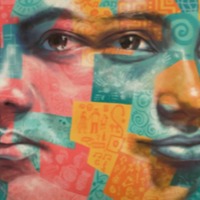
Azima B
Despite signs of progress, Bangladesh continues to have one of the highest child marriage rates in the world.66% of girls in Bangladesh are married under 18 with the average age of marriage for girls in the country being 15. As well as deeply embedded cultural beliefs, poverty, is also a driving…
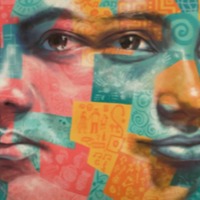
Ruhana M
Despite signs of progress, Bangladesh continues to have one of the highest child marriage rates in the world.66% of girls in Bangladesh are married under 18 with the average age of marriage for girls in the country being 15. As well as deeply embedded cultural beliefs, poverty, is also a driving…
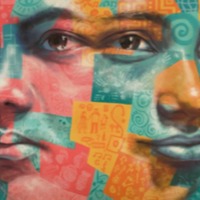
Noor B
Despite signs of progress, Bangladesh continues to have one of the highest child marriage rates in the world.66% of girls in Bangladesh are married under 18 with the average age of marriage for girls in the country being 15. As well as deeply embedded cultural beliefs, poverty, is also a driving…

Danesha
Sex trafficking is a form of modern slavery that exists throughout the United States. Traffickers use violence, threats, lies, debt bondage and other forms of coercion to compel adults and children to engage in commercial sex acts against their will. The situations that sex trafficking victims face…
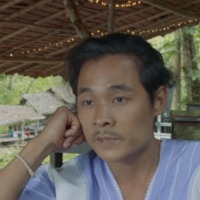
Buy
It is estimated that 425,500 people are enslaved in Thailand, with the many subjected to forced labour. Women overseas-workers most often find employment in private households or service sectors, often finding themselves having to pay significant fees for the migration and recruitment process.…
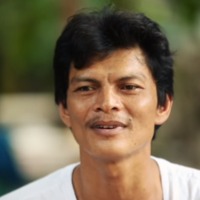
Chairat
Benjina Island lies 400 miles to the north of Australia and has been the home of an illegal fishing operation for a number of years. While only one company was registered to use the island, investigations by labour rights organisations has found that the island acted as a port and base for…
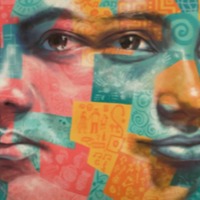
Samnang & Sopheak
Cambodia remains a source, transit and destination country for men, women and children subjected to forced labour and sex trafficking. Cambodian adults and children migrate to other countries within the region and increasingly to the Middle East for work; many are subjected to forced labour on…
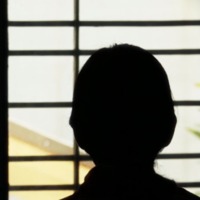
Bopha
The internal migration of Chinese people seeking work has created an opportunity for human traffickers in China. Moreover the gender imbalance caused by the One Child Policy and the cultural preference for male children, has caused a shortage of women which has led to the trafficking of women to be…

Lina
The internal migration of Chinese people seeking work has created an opportunity for human traffickers in China. Moreover the gender imbalance caused by the One Child Policy and the cultural preference for male children, has caused a shortage of women which has led to the trafficking of women to be…

Yeonmi Park
The Democratic People’s Republic of Korea (North Korea) is a source country for men, women and children who are subjected to forced labour and sex trafficking. Government oppression in the DPRK prompts many North Koreans to flee the country in ways that make them vulnerable to human…
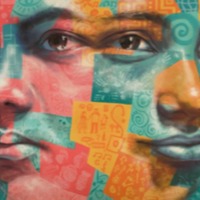
Vicheth
There are an estimated 610,000 people living in conditions of modern slavery in Thailand (GSI 2018). Men, women and children are victims of human trafficking for forced labour in the Thai fishing industry, subjected to physical abuse, excessive and inhumane working hours, sleep and food…
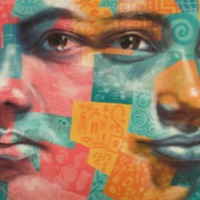
Anchaly
There are an estimated 610,000 people living in conditions of modern slavery in Thailand (GSI 2018). Men, women and children are victims of human trafficking for forced labour in the Thai fishing industry, subjected to physical abuse, excessive and inhumane working hours, sleep and food deprivation,…
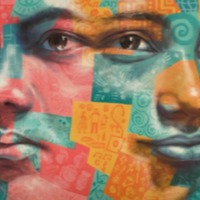
Grizelda Grootbroom
There are an estimated 155,000 people living in modern slavery in South Africa (GSI 2018). South Africa remains a source, transit and destination country for men, women and children subjected to forced labour and sex trafficking. South African children were recruited from poor, rural areas to urban…
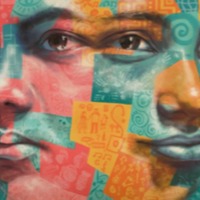
Felicia
There are an estimated 133,000 people living in modern slavery in Ghana (GSI 2018). Ghana remains a source, transit, and destination country for men, women, and children subjected to forced labor and sex trafficking. Ghanaian boys and girls are subjected to forced labor within the country in…
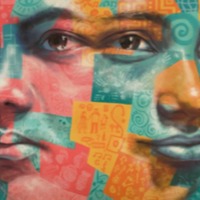
Nisha
India has a population of more than 1.3 billion people, there are still at least 270 million people living on less than US$1.90 per day. While laws, systems and attitudes regarding key 'fault lines' such as the caste system, gender and feudalism are rapidly changing, social change of this depth and…
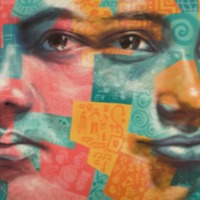
Rosanna
In the Philippines, women and children are subjected to sexual exploitation in brothels, bars, and massage parlours, online, as well as in the production of pornography. The Philippines is an international hub for prostitution and commercial sex tourism – a highly profitable businesses for…
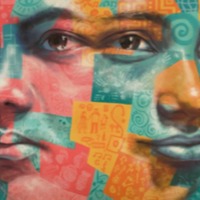
Rowena
In the Philippines, women and children are subjected to sexual exploitation in brothels, bars, and massage parlours, online, as well as in the production of pornography. The Philippines is an international hub for prostitution and commercial sex tourism – a highly profitable businesses for…
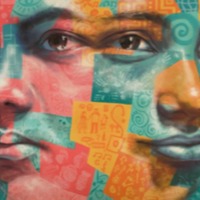
Sar
The Philippines has one of the largest migratory populations with their national economy largely depending on Overseas Filipino Worker's (OFW) remittances. The OFWs have been deemed the 'new heroes' of the Philippines' economy. However, some OFWs are subjected to exploitation throughout the…
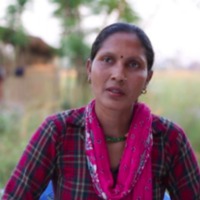
Seema A.
Men and women migrate from South and Southeast Asia, Egypt, the Middle East, and increasingly throughout Africa to work in Kuwait, predominantly in the domestic service, construction, hospitality, and sanitation sectors. Several labor-sending countries, including India, Nepal, Indonesia, Ethiopia,…
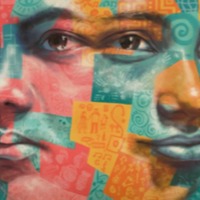
Skyra
Mauritania is one of the last countries in the world where people are still born into hereditary slavery, which means they are literally owned by other people, and forced to work for masters their entire lives. People in slavery come from the Haratine ethnic group, historically enslaved by White…